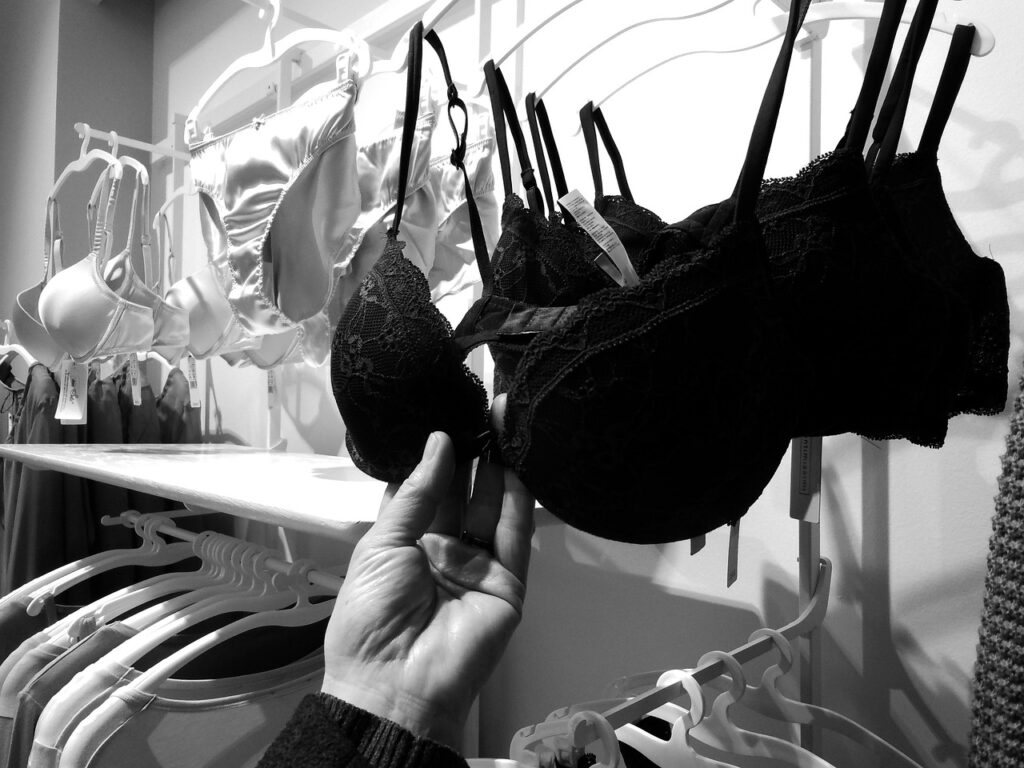Breast cancer remains one of the most common diseases affecting women worldwide, with rates particularly high among middle-aged women. While scientists haven’t pinpointed a single definitive cause, researchers are exploring various potential risk factors—including one that many women may not have considered: their bras.

According to the American Cancer Society, there is currently no proven link between wearing a bra and breast cancer. The organization notes that there hasn’t been enough comprehensive research to draw firm conclusions either way.
However, some health advocates point out that it took decades before the medical community fully acknowledged the connection between smoking and lung cancer. Given that the women’s undergarment industry is worth billions of dollars globally, questions have been raised about whether similar economic interests might be affecting research priorities in this area.
Understanding the Potential Connection
While the relationship between bras and breast cancer isn’t fully understood, there are some biological mechanisms worth considering. When a bra fits tightly, it can restrict blood flow to breast tissue. This restriction may lead to several problems:
The blocked blood vessels could allow waste products to accumulate in the tissue. At the same time, cells may not receive adequate oxygen and nutrients, and the body’s natural waste removal processes could be impaired. In some cases, this may contribute to the formation of small lumps in breast tissue, and research has shown that these lumps are associated with most breast cancers.

A significant study conducted in 1991 examined this potential connection by surveying 4,000 women aged 30 to 79. The results were striking: approximately half of the participants had been diagnosed with breast cancer.
Among the findings, most women reported being unhappy with their breast size or shape and wore bras primarily for appearance rather than comfort. Three-quarters of the women with breast cancer wore their bras at night while sleeping. One in seven wore them for more than 12 hours daily. In contrast, only about one in 168 women who never wore bras developed breast cancer.
Steps to Reduce Your Risk

Health experts suggest several practical measures women can take:
The simplest recommendation is to avoid wearing a bra whenever possible. Women with larger breasts may find this challenging, but there’s an important reason to try: wearing a bra constantly can actually weaken the body’s natural support structures. When women go without bras, the supporting ligaments and tissues have the opportunity to strengthen naturally, allowing the breasts to maintain their shape more effectively over time.
For women who need to wear bras during the day, choosing a properly fitted, less restrictive style is essential. Look for bras that provide support without being too tight or constricting. It’s also beneficial to limit the number of hours you wear a bra each day. After removing your bra, take a few minutes to massage your breast tissue gently—this can help restore circulation and lymphatic drainage.
Most importantly, never wear a bra to bed at night. Your body needs those hours of unrestricted blood flow to maintain healthy breast tissue. If you’re concerned about your appearance without a bra, consider wearing a camisole or layered clothing under your nightwear instead.

While more research is needed to establish a definitive connection, these simple precautions could make a difference in your long-term health. As with many health issues, listening to your body and prioritizing comfort over appearance may be the wisest approach.

